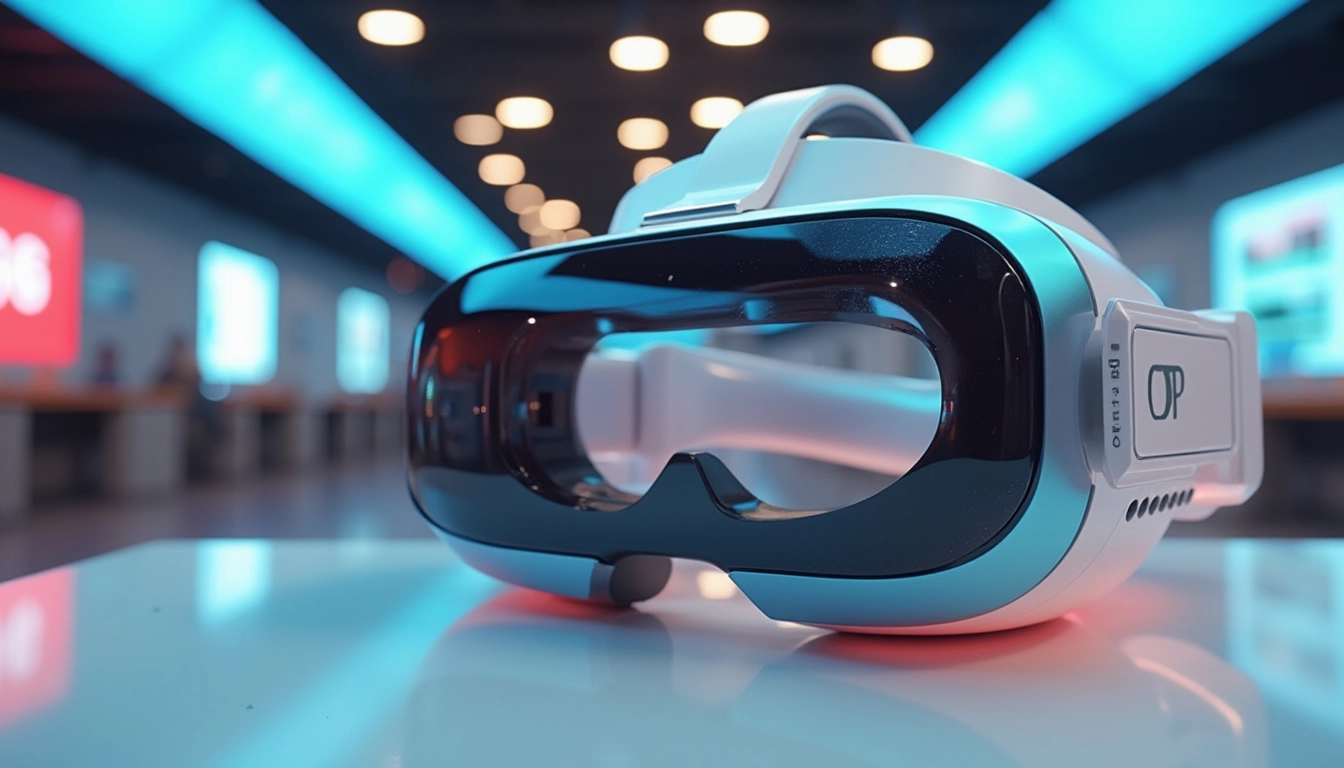
Apple Vision Pro Evolution: Delayed Affordability, M5 Upgrade Coming 2025
Apple’s Vision Pro headset has been the subject of intense speculation and anticipation. Recent reports suggest a significant shift in the company’s strategy for its mixed reality device, with implications for both consumers and the broader XR market.
Key takeaways:
- Apple has reportedly delayed the release of a cheaper Vision Pro headset beyond 2027
- An upgraded Vision Pro with an M5 processor may arrive in 2025 instead
- High component costs, especially for micro-OLED displays, remain a key challenge
- Apple faces competition from Meta’s more affordable Quest 3S and potential new entrants
- The company continues to position Vision Pro as an early-adopter product while developing its ecosystem
Table of Contents
Delayed Dreams of Affordability
According to renowned analyst Ming-Chi Kuo, Apple has pushed back plans for a more affordable version of its Vision Pro headset beyond 2027. This decision marks a significant shift from earlier rumors that suggested a cheaper model might arrive as soon as 2025. The delay highlights the complexities Apple faces in bringing its mixed reality technology to a broader consumer base.
The primary challenge appears to be the high cost of components, particularly the $700 price tag for Sony’s micro-OLED displays used in the current Vision Pro. Apple is reportedly exploring alternatives from suppliers like SeeYa, BOE, LG, and Samsung, but finding a balance between quality and cost remains elusive.
M5 Upgrade on the Horizon
While the cheaper version may be on hold, Apple isn’t standing still. The company is reportedly planning to release an upgraded Vision Pro in 2025, featuring the next-generation M5 processor. This powerful chip is expected to bring improved performance and support for Apple Intelligence, potentially enhancing the headset’s capabilities in areas like augmented reality and spatial computing.

Competitive Landscape Heats Up
As Apple refines its high-end offering, competitors are making moves in the more affordable XR space. Meta’s Quest 3S, priced at around $300, is gaining traction with a broader consumer base. Meanwhile, Google is preparing XR support for its Play Store, and rumors suggest a potential collaboration between Samsung, Google, and Qualcomm on a new headset.
This competitive landscape presents both challenges and opportunities for Apple. While the company’s closed ecosystem approach differs from Meta’s more open strategy, it allows Apple to maintain tight control over the user experience and integration with its other devices.
Strategic Positioning and Future Outlook
Apple CEO Tim Cook has consistently positioned the Vision Pro as a product for early adopters, showcasing the company’s innovation while allowing time for the technology and ecosystem to mature. This approach aligns with Apple’s history of entering markets later but with more refined products.
As the company continues to develop its XR offerings, several factors will be crucial:
- Expanding the ecosystem of apps and services for Vision Pro
- Refining use cases that demonstrate clear value to consumers
- Gradually reducing production costs as technology advances
- Balancing innovation with market demands and competitive pressures
While the delay of a more affordable Vision Pro may disappoint some potential users, it reflects Apple’s commitment to delivering a premium experience. The company appears to be taking a long-term view of the XR market, focusing on quality and innovation rather than rushing to compete on price alone.
For developers and businesses looking to leverage XR technology, this news underscores the importance of a flexible approach. While Apple’s ecosystem offers exciting possibilities, it’s crucial to consider multiple platforms and price points to reach a diverse audience. Tools like Make.com can be invaluable for automating workflows across different XR platforms and integrating them with existing business processes.
As the XR landscape continues to evolve, Apple’s strategy for the Vision Pro will undoubtedly play a significant role in shaping the future of mixed reality technology. While a more affordable option may be further on the horizon than initially thought, the promise of advanced features and tight integration with Apple’s ecosystem ensures that the Vision Pro will remain a focal point of innovation in the years to come.
Sources:
Ming-Chi Kuo



One thought on “Apple Vision Pro Evolution: Delayed Affordability, M5 Upgrade Coming 2025”